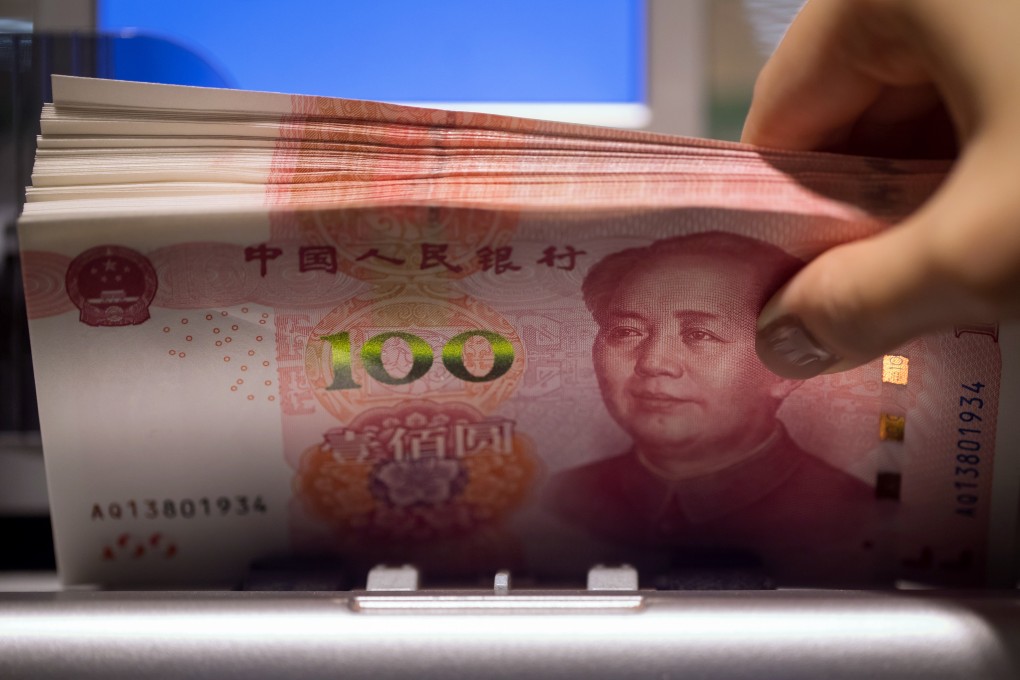China debt ratio jumps in first half as Beijing abandons deleveraging to support trade war-hit economy
- China’s total debt-to-GDP ratio rises to 249.4 per cent at the end of June, up 5.8 percentage points from the end of last year
- The debt ratio for the government, consumer and non-financial sectors all rose in the first half, as China stepped back from its deleveraging campaign

China’s total debt ratio continued to grow in the second quarter of 2019 as the government continued to emphasise support for the economy over efforts to reduce excess debt and risky lending.
China’s end-June ratio of debt to GDP, a widely-used parameter to measure macro leverage and economic health, rose to 249.5 per cent from 248.8 at the end of March and 243.7 at the end of 2018, according to new figures released by the Beijing-based National Institution for Finance and Development (NIFD) on Tuesday.
The increase of the debt ratio by 5.8 percentage points in the first half – including 5.1 percentage points in the first quarter and 0.7 percentage points in the second – signals the “reversal” of Beijing’s “deleveraging” campaign that began in 2017, largely as a result of changing policy priorities.